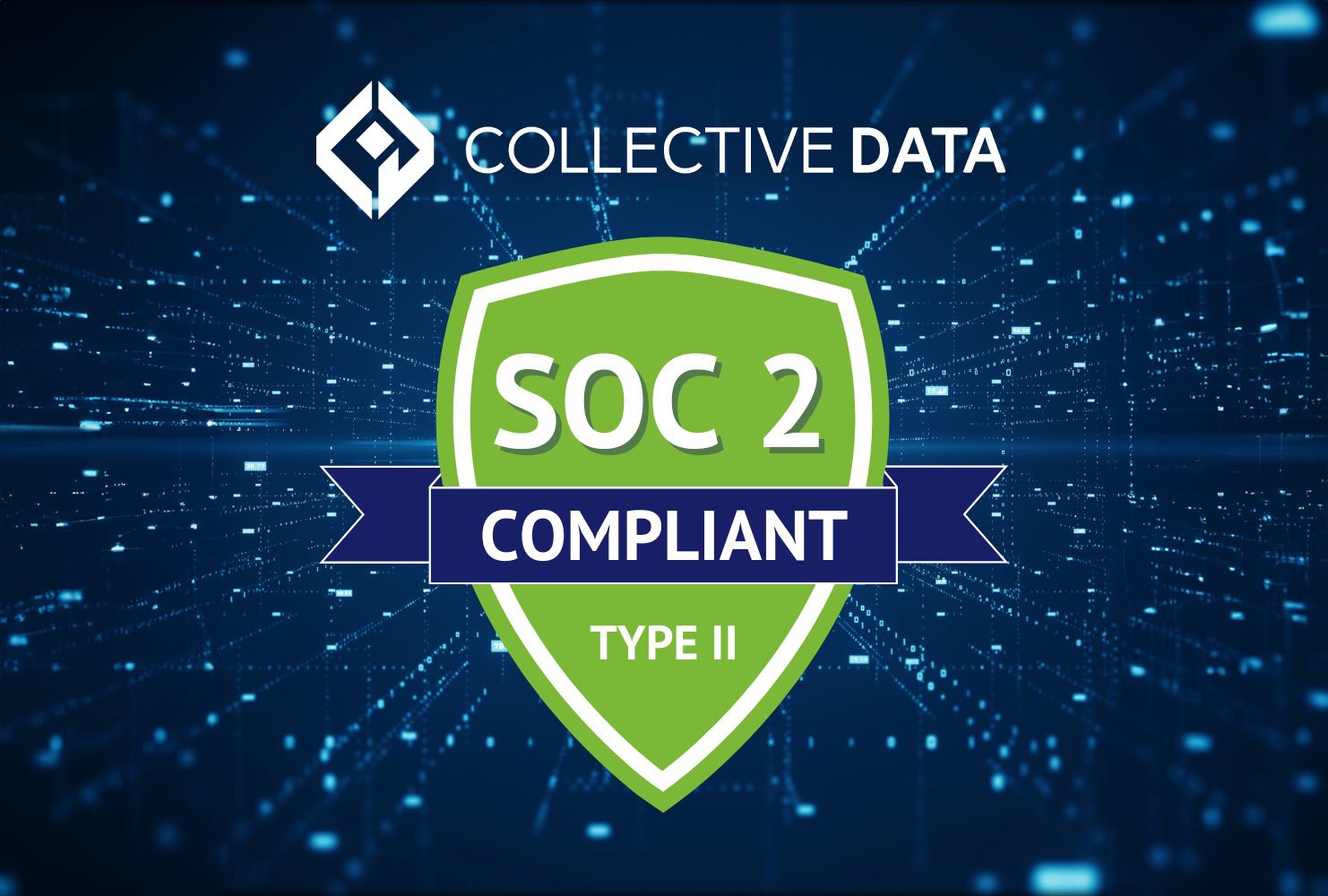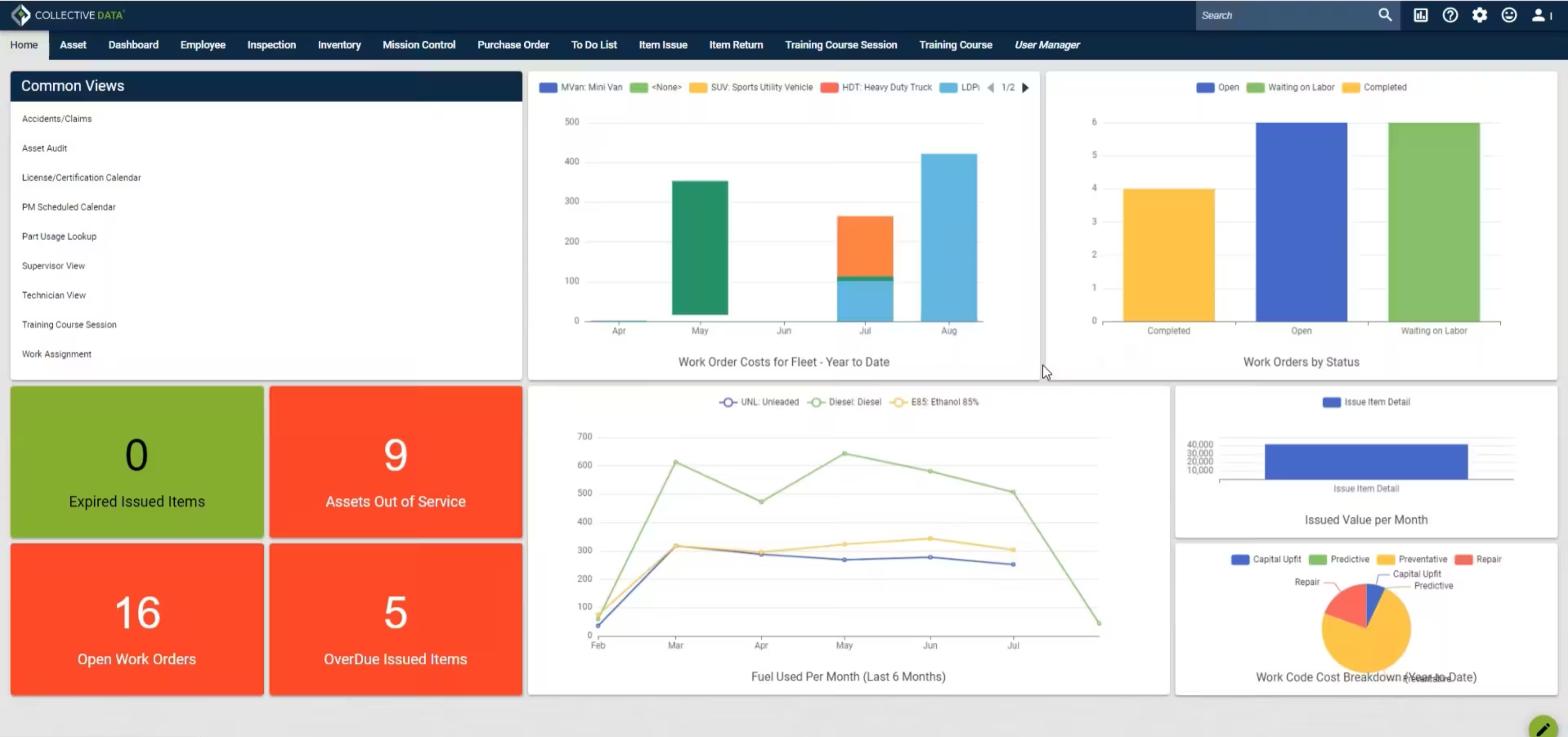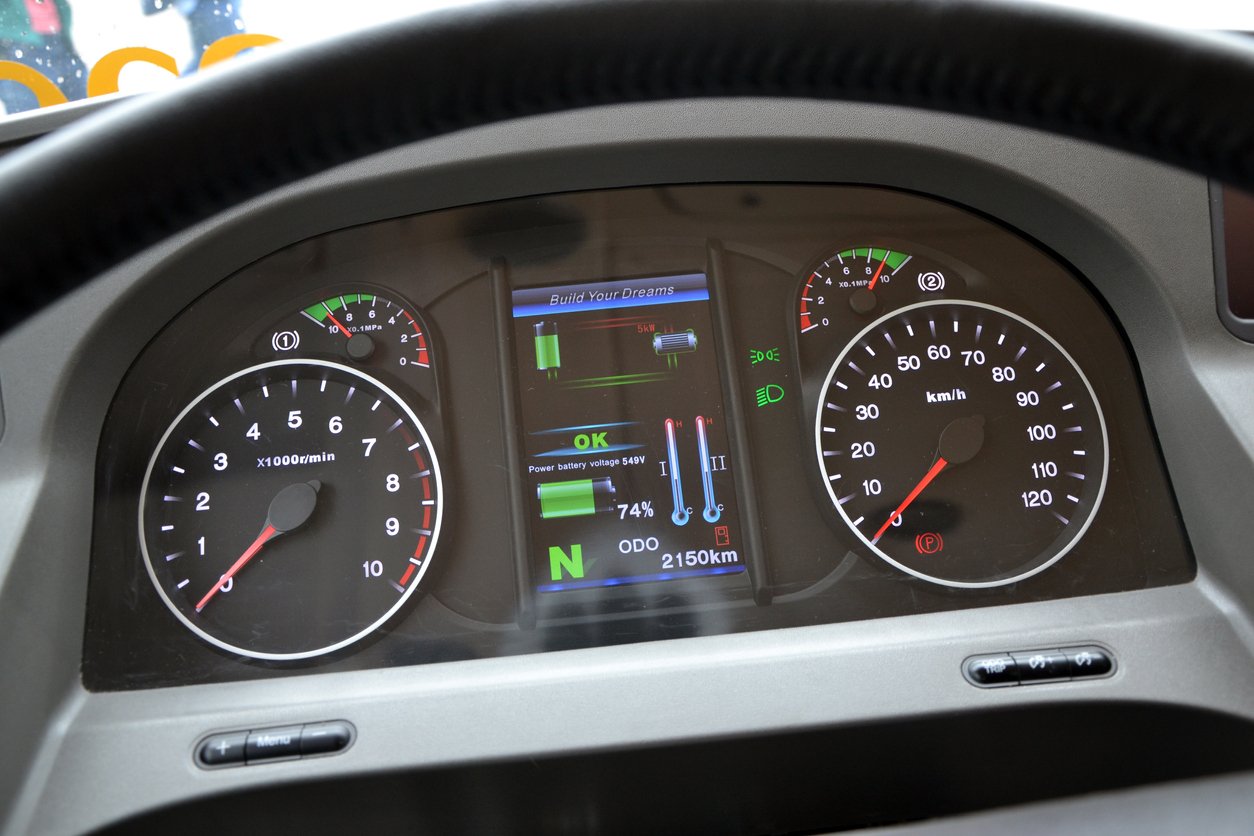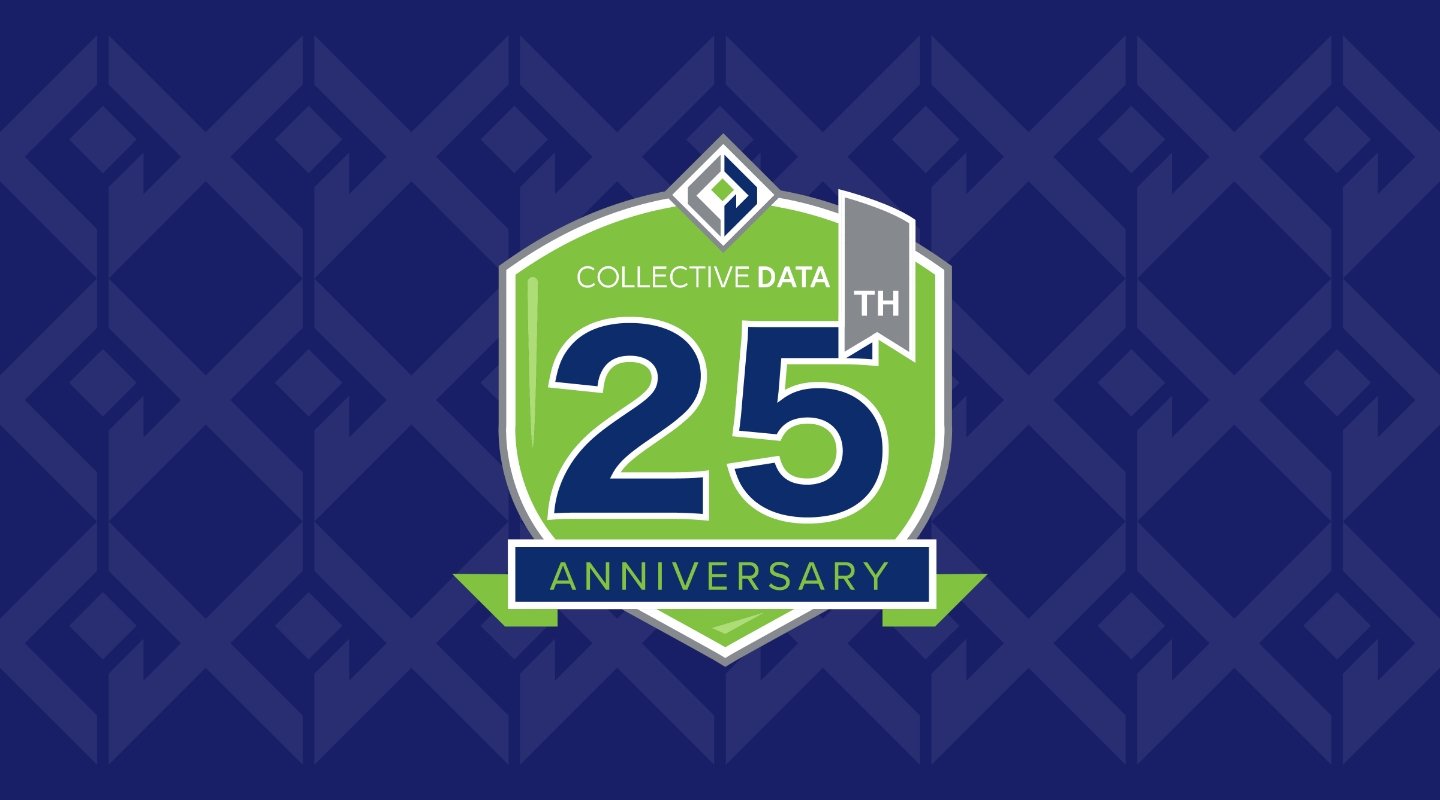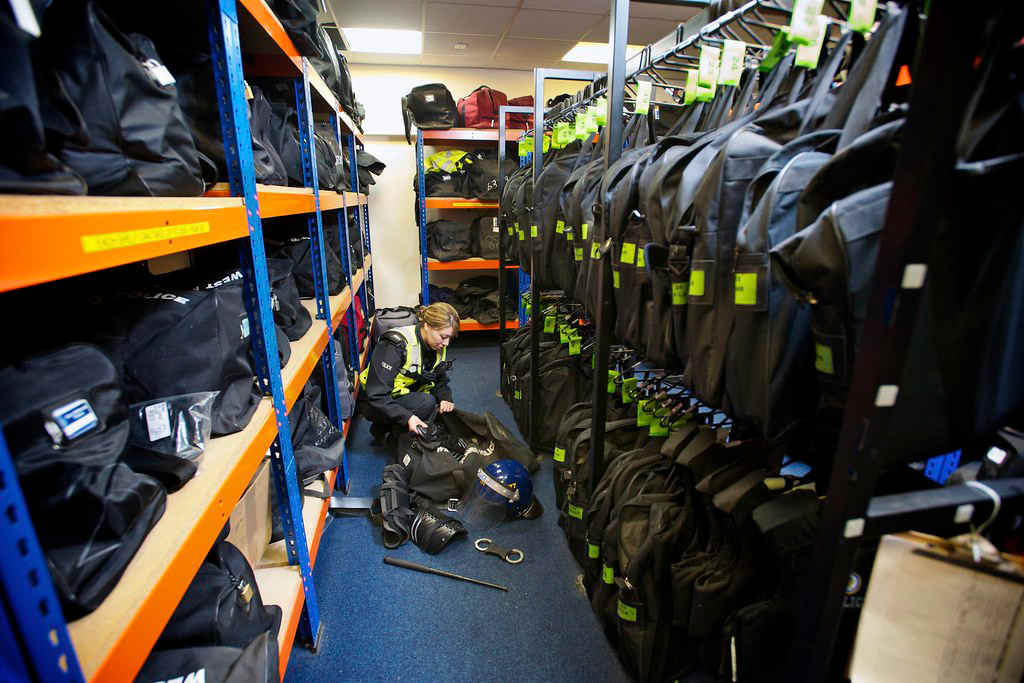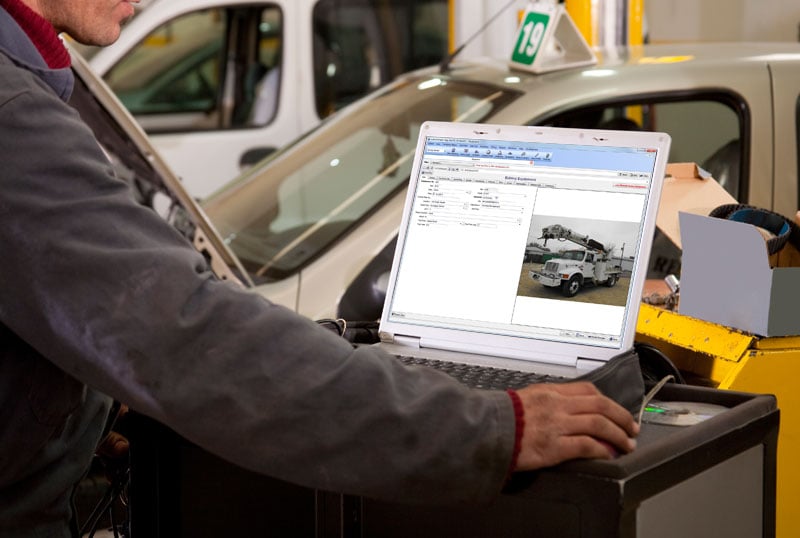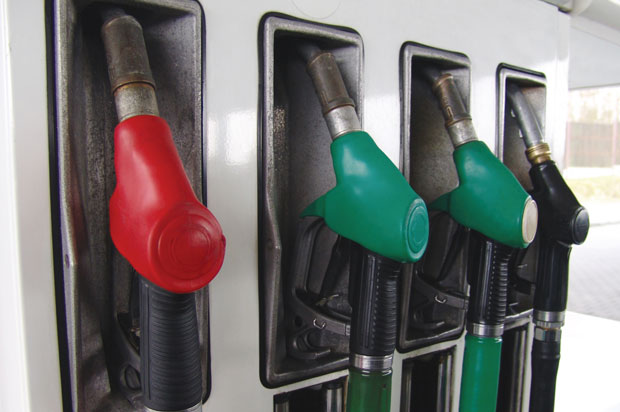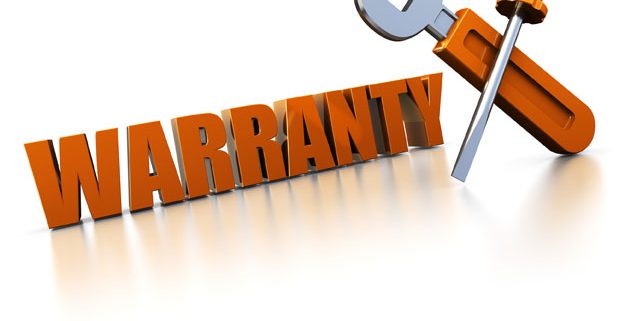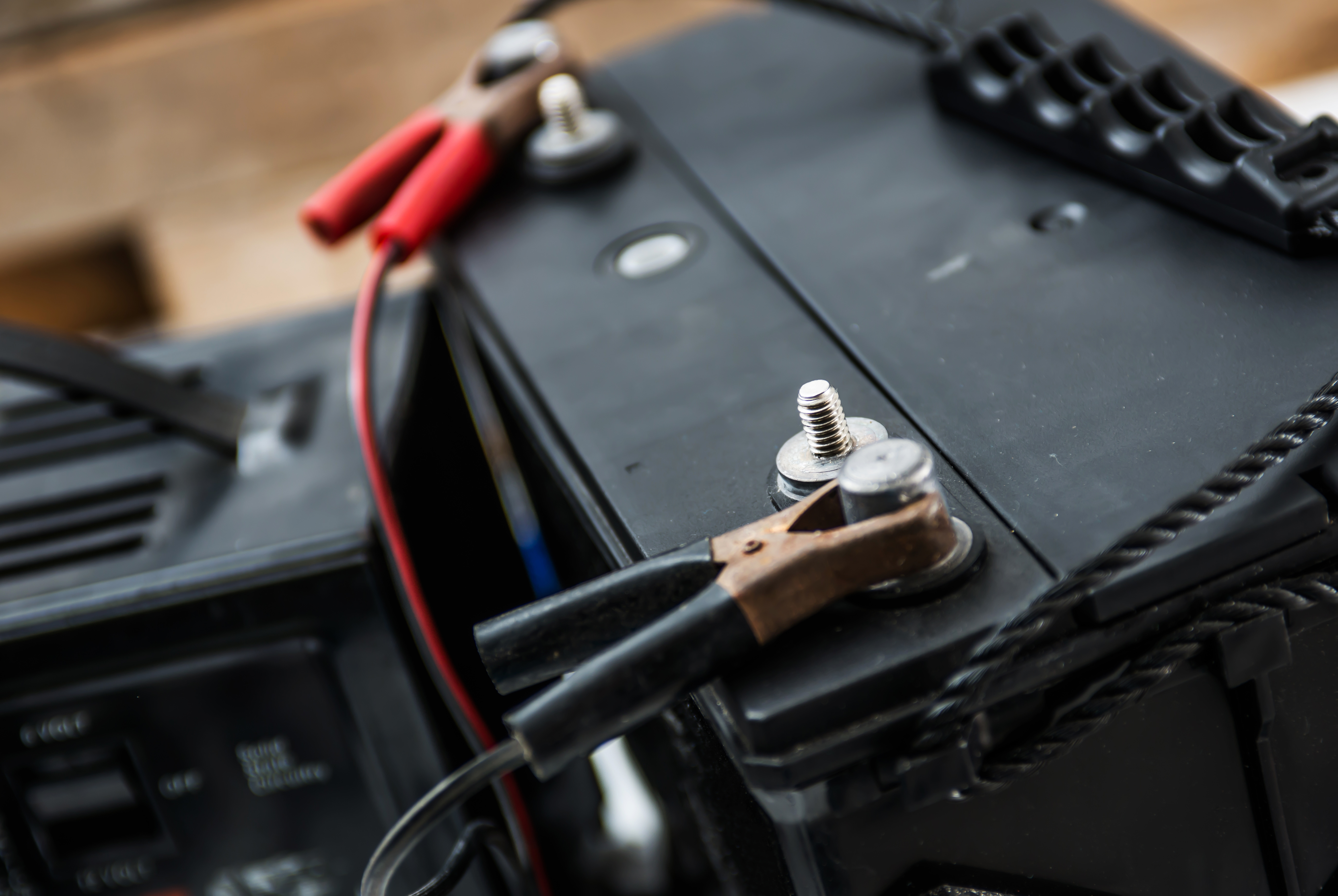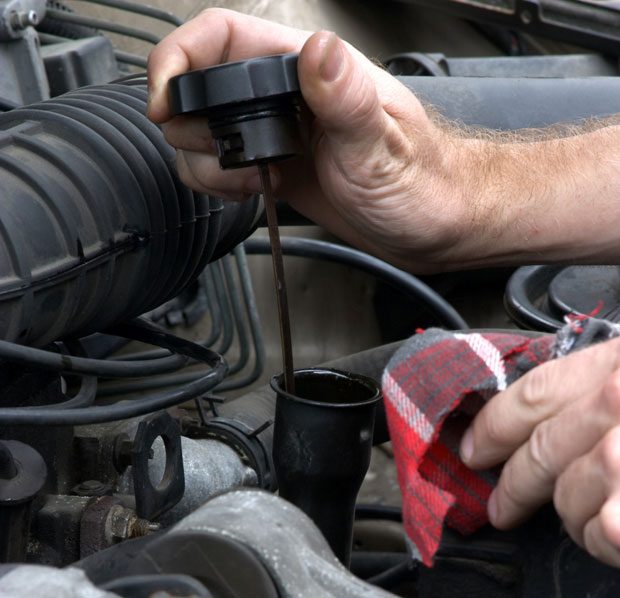You’ve done your research and have narrowed down what fleet and asset management software is the best one for your operations. You have told your staff and upper management the benefits of having the software and how, in the end, it’s going to save you time and money.
What information do you need to capture to make sure you meet your goals and get back the return on investment you talked about? This is important. You need to have a plan on what you want to compare from. A good system will be provide the data, so you just need to know what types of information you want to drill in on to determine your ROI based on where you were at before implementation.
Examples of what to track
If you’re looking to improve scheduling in order to cut down on the amount of overtime, this would be an achievable goal with the new fleet and asset management system. The software should make it easier to you to schedule more efficiently and make sure that jobs aren’t taking too long. Let’s say you are able to cut out each technician’s overtime by just two hours per month. If you have 5 technicians and their rate is around $90 per hour for overtime, then you’re looking at savings of $10,800 per year. To determine the ROI, find out what you paid in overtime last year before you implemented the software. After you’ve used the new system for a year, compare those overtime hours with what you had prior. This difference will be just one part to determine your ROI. There will be multiple areas that you will be looking that you will be able to add together to get the final ROI, which is the total savings versus the cost to implement the fleet management system.
Another example of an item that will help determine an ROI is to look at vehicle downtime. You probably have a sense of how many vehicles you currently have in the shop daily on average. If not, you can make an educated guess. Then, once you have the new software in place you can track this more efficiently and determine why they are in the shop, what are the typical reasons, how long are they there, etc. A good fleet and asset management system should be able to help you reduce downtime by at least 25% due to its ability to improve scheduling issues or less breakdowns with better preventive maintenance. Compare your old average with your new average after using the software for a year. You’ll have another element to add to your total savings.
How to determine ROI
Once you have some of your comparison savings calculated (there could be may factored in), you’ll simply use the ROI formula to determine your ROI from your fleet and asset management system as follows:
(Gain from Investment – Cost of Investment) / Cost of Investment
You’ll add up the total savings you’ve achieved and subtract the cost of the new software. Then, divide that number by the cost of the software again. This will reveal your ROI percentage.
You know you need a system to improve your operation, so being able to prove yourself is important. Having data-driven results you can trust within the software will get you that return, make you the hero, and put your organization on top.





